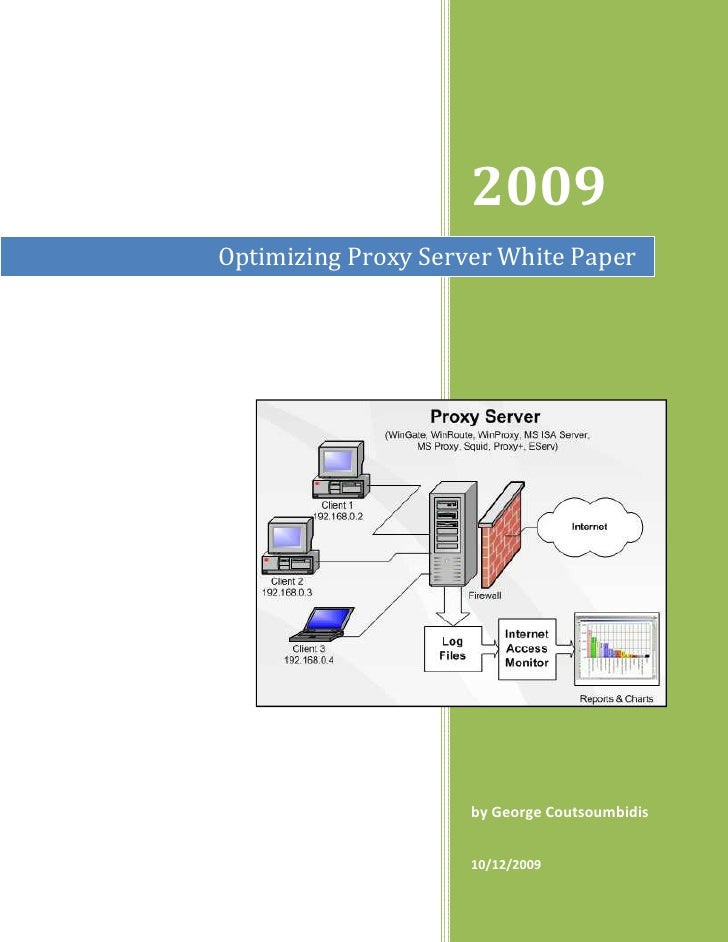Optimizing Proxy Server Performance On MikroTik
In today’s fast-paced and highly connected world, internet proxy servers have become an essential tool for many companies and organizations. These servers act as an intermediary between users and the internet, providing a layer of security, improving access speeds, and optimizing network performance. However, like any technology, proxy servers also have their limitations and issues that can impact their performance. In this article, we will explore the various ways to optimize proxy server performance, in order to maximize its efficiency and benefits.

Understanding Proxy Server Performance Issues
Before diving into the optimization strategies, it’s important to first understand the common performance issues that proxy servers can face. These include:
- Slow connection speeds: Proxy servers can add latency to network traffic, which can result in slower connection speeds for users.
- Bandwidth limitations: Depending on the server’s configuration, there may be limits on the amount of data that can be transferred through it.
- Security risks: Proxy servers can sometimes be vulnerable to cyber attacks or unauthorized access, which can compromise sensitive data.
- Inefficient caching: If the server’s caching settings are not optimized, it can result in frequent requests to the same resources, which can slow down performance.
- Hardware limitations: If the server’s hardware is outdated or insufficient for the workload, it can result in slow performance and even downtime.
Optimization Strategies
To address these performance issues and optimize proxy server performance, organizations can implement the following strategies:
1. Implement Load Balancing
Load balancing involves distributing incoming network traffic across multiple proxy servers. This helps to distribute the workload and prevent any single server from becoming overwhelmed. Load balancing can be achieved through either software-based solutions or hardware appliances.
2. Use Caching to Reduce Network Traffic
Caching involves storing frequently accessed assets or resources locally on the proxy server, which reduces the need for network traffic and can improve performance. However, it’s important to configure caching settings appropriately and regularly clear the cache to prevent stale or outdated content from persisting.
3. Implement Compression and Content Optimization
Compression and content optimization techniques can further reduce network traffic and improve performance. Techniques such as gzip compression and image optimization can reduce the size of files and resources, making them quicker to transmit and load.
4. Use SSL Acceleration
Secure Sockets Layer (SSL) acceleration is a hardware-based technique for speeding up SSL/TLS encryption and decryption, which can be resource-intensive. SSL acceleration can be achieved through specialized devices or network hardware.
5. Monitor and Analyze Performance Metrics
It’s important to regularly monitor and analyze performance metrics, such as response time, traffic volume, and server utilization. This can help identify any performance issues or bottlenecks and inform future optimizations.
6. Update Hardware and Software
Outdated or insufficient hardware and software can significantly impact proxy server performance. It’s important to periodically review and update hardware and software to ensure that it can handle the current workload.
7. Implement Access Controls and Security Measures
Proxy servers can be vulnerable to cyber attacks or unauthorized access, so it’s important to implement access controls and security measures to protect sensitive data. This can include firewalls, intrusion detection software, and user authentication.
Conclusion
In conclusion, optimizing proxy server performance requires a multi-faceted approach that takes into consideration the various performance issues and optimization strategies available. By implementing techniques such as load balancing, caching, compression, SSL acceleration, and monitoring performance metrics, organizations can maximize the benefits of proxy servers while minimizing their limitations. Additionally, regular updates to hardware and software, and ensuring appropriate security measures are in place, can help prevent performance issues and protect sensitive data.




Post a Comment for "Optimizing Proxy Server Performance On MikroTik"